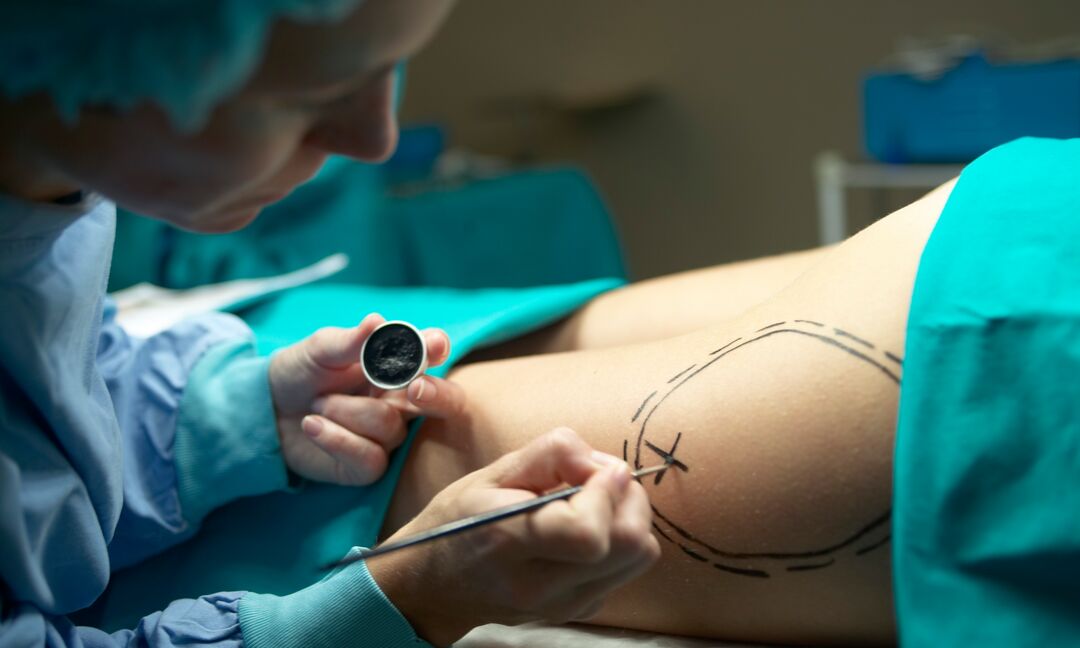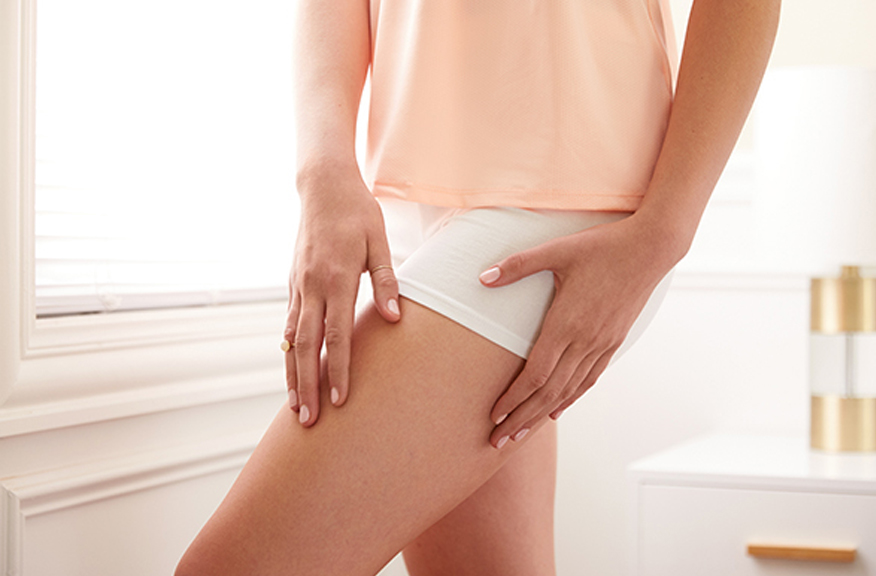GROUPON GUIDE TO ORLANDO
What Is Liposuction? The Ultimate Guide to Cost, Options, and Results
BY: Editors |Jan 29, 2019
Lipo Deals

Experience Non-Invasive iLipo for Targeted Fat Reduction
333 17th Street, Vero Beach • 34.3 mi
Sale Ends 4/23
$144.99 with_code GROUPON
Serenity Solutions

Laser-Lipo Body Sculpt Sessions for Non-Invasive Contouring
2400 North Forsyth Road, Orlando
Sale Ends 4/23
$58.32 with_code GROUPON
Moonchild Magick L.L.C

Non-invasive laser lipo treatment for fat reduction
1948 Old Fort Parkway, Murfreesboro
Sale Ends 4/23
$52.65 with_code GROUPON
Goodbye Bodyfat Murfreesboro

3, 6, or 9 Laser Lipo Sessions+ Ultrasound Cavitation Fat Reduction
499 North State Road 434, Altamonte Springs
30% discount_off
$168 with_code GROUPON
Rich Detail Aesthetics
More Lipo Deals

Trending
Get a Slimmer Silhouette with Laser-Lipo Sessions
236 North Atlantic Avenue, Cocoa Beach • 16.5 mi
Sale Ends 4/23
$31.59 with_code GROUPON
Cocoa Beach Fat Loss

Trending
Get 4 or 8 Full Laser-Lipo sessions B12/ Body Vibration for a New You
7130 South Orange Blossom Trail, Orlando
Sale Ends 4/23
$63.10 with_code GROUPON
DACS MEDICAL WELLNESS & AESTHETICS

Discover Beach Glam Wellness Spa's Lipo Sculpt Lite Options from One to Six Sessions, with up to 82% Discount
1 South Orlando Avenue, Cocoa Beach • 16.2 mi
Sale Ends 4/23
$25.31 with_code GROUPON
Beach Glam Wellness Spa

Trending
Two/ Four/ Six Lipo Sculpt Body Contouring Treatment + Vacuum Therapy
1747 Evans Road, Melbourne • 2.8 mi
88% discount_off
$48 with_code GROUPON
1 bought
Karisma Esthetics

Sculpt Your Body: Lipo Sculpt Lite Treatments
1 South Orlando Avenue, Cocoa Beach • 16.2 mi
86% discount_off
$55.20 with_code GROUPON
Unique DNA

Achieve Your Body Goals With One Laser-Lipolysis Body Sculpt Session
140 Circle Drive, Maitland
Sale Ends 4/23
$60.75 with_code GROUPON
Corpus Waxing & Spa

Achieve Your Dream Body with 2 or 3 Body Sculpting, Lympahtic Massage
601 n orlando ave, Maitland
50% discount_off
$48 with_code GROUPON
Golden Pressure Massage

Up to 74% Off on Lipo - Non-Invasive Laser-iLipo
143 West 29th Street, New York
Sale Ends 4/23
$87.48 with_code GROUPON
M Beauty Studio Spa

Transform Your Look With Laser-Lipo Sessions on One Area
836 West Desoto Street, Clermont
Sale Ends 4/23
$80.19 with_code GROUPON
Clermont Medical Concierge & Weight Loss

Top Seller
Tone and Slim with Non-Invasive Laser Lipo Sessions
3215 U.S. 1, Fort Pierce • 49.9 mi
Sale Ends 4/23
$21.06 with_code GROUPON
DACS MEDICAL WELLNESS & AESTHETICS

Rejuvenate Your Face or Neck With EndoLift Laser Treatment
2123 Southwest Highway 484, Ocala
Sale Ends 4/23
$534.06 with_code GROUPON
Born Again Doctor-Medical Center

Up to 50% Off on Lipo - Non-Invasive Laser-iLipo at Dr Phillips Medical spa
7345 West Sand Lake Road, Orlando
50% discount_off
$48 with_code GROUPON
Dr Phillips Medical spa

Liposuction for Belly Fat & Love Handle Procedure
2123 Southwest Highway 484, Ocala
Sale Ends 4/23
$1,619.19 with_code GROUPON
BORN AGAIN DOCTOR-MEDICAL CENTER

Transform Your Body with Smart Lipo Laser Treatment
1208 Bowman St #2, Clermont
40% discount_off
Revive Medical Spas

Up to 42% Off on Lipo - Non-Invasive Laser-iLipo at Galas Spa
8115 South John Young Parkway, Orlando
Sale Ends 4/23
$151.96 with_code GROUPON
Galas Spa











